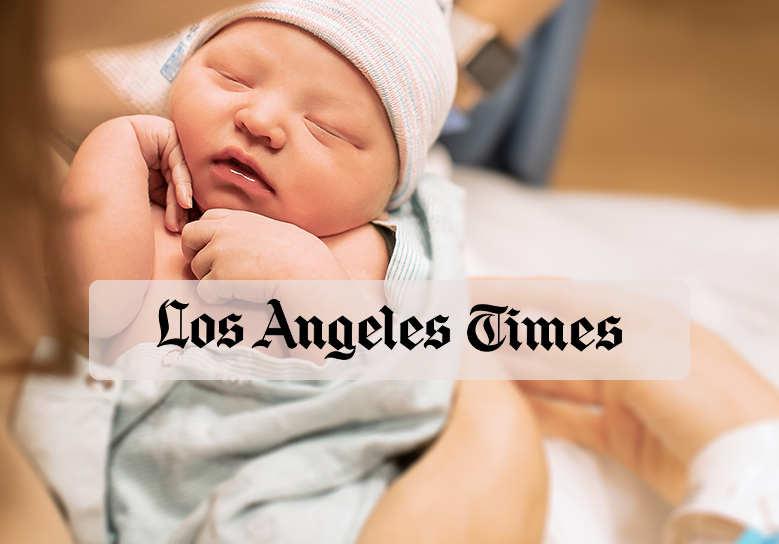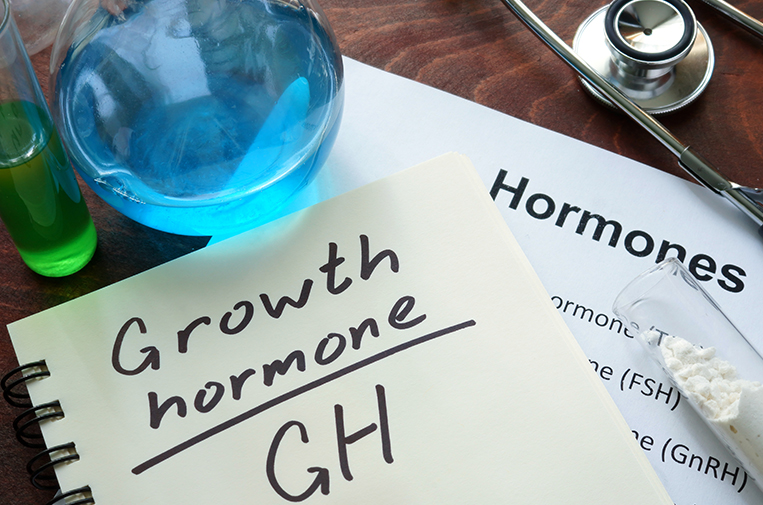The IVF timeline is mostly a two-step process now, changing the answer to the FAQ: When is the right time to try IVF?
I often get asked the same question (by patients, people at parties, moms of 30-somethings I see at the grocery), especially when they find out I’m a reproductive endocrinologist: when is the right time to do in vitro fertilization (IVF)?
Most people see IVF as a last resort. Why? Well, I guess because it’s reported to be arduous, painful, scary; it’s super expensive; and they may have heard that you might get twins or even triplets. There are a lot of unknowns and untrue rumors surrounding IVF.
How has the IVF timeline and process changed?
IVF has definitely changed in a number of ways over recent years, which has also affected the IVF timeline. This is what I tell people when they ask me to help them decide when is the right time to do IVF. Primarily, IVF is much more successful than it once was.
This also means the IVF procedure is much safer. You’re much more likely to have one baby at a time, and we know much more about the outcomes for both the mother and the child. We know they’re healthy, they’re developing well, and there’s no longer a stigma about being a test tube baby.
The IVF process has been split into two parts
There are simplified medicine regimes for the IVF process. For most patients, IVF is now split into two parts: part one is the egg retrieval, and part two is the embryo transfer. There are many variations on a theme – and this depends on your individual physician.
Once they take a careful history and physical exam your physician will determine the most successful option for you, depending on your family plan. For example, some people might choose to make embryos after the egg retrieval while others might just choose to freeze eggs for use in the future.
Part one: IVF medications and egg retrieval
The egg retrieval consists of approximately two weeks of hormone pills and two weeks of hormone shots. The hormone pills could be estrogen alone or oral contraceptives that serve the purpose of synchronizing your cycle so that more eggs can be developed.
The shots begin a few days after the oral medication is completed. This generally consists of two shots a night to grow multiple eggs, until the last five days when we add a third shot that keeps you from ovulating. Then there’s the final shot, called the trigger shot, which at RSC is most often a shot called Lupron.
Lupron helps the final maturation process of the eggs and also allows for the ovaries to shrink back down quickly to their normal size after egg retrieval. This prevents many of the discomforts that occurred in the past like bloating, weight gain, and a syndrome called OHSS (ovarian hyperstimulation syndrome.) Using the Lupron trigger shot, OHSS is almost unheard of. There are still some minimal risks to the procedure but they are below 1% and almost none are life-threatening.
After the eggs are retrieved, they can be combined with sperm to make embryos, and those embryos can undergo genetic testing to optimize the success rate and minimize the number of treatment cycles to have a healthy baby.
IVF part two: embryo transfer
For those patients who are ready to become pregnant, an embryo transfer is the second part of the IVF process. Physicians should work with patients and make every attempt to optimize their medical health before pregnancy. If there are medical contraindications to pregnancy, a gestational carrier can be used.
In general, there are two different protocols for use with the embryo transfer; one is a modification of the natural cycle where there is only one shot for the entire month of treatment.
The other is a programmed cycle, where estrogen is taken followed by the addition of progesterone in order to re-create a natural cycle. This type of protocol involves progesterone shots in the gluteal muscle, which is much more uncomfortable, but it’s also considered more successful in a number of studies.
The “perfect” IVF timeline is up to you
In summary, IVF has truly changed and should no longer be viewed as a “last resort.” Having good eggs and embryos allows you to have more options. The earlier you start IVF, the better the quality of eggs and the better your chance at success.
In the 1970s people viewed birth control as the ultimate development in women’s freedom. However, waiting too long to have a child can restrict your freedom to be able to have a family genetically. Being able to freeze eggs or embryos is the ultimate in reproductive freedom.
Related Fertile Edge Podcast: Elective Egg Freezing with Dr. Mary Hinckley
So, when is the right time to do IVF? In my opinion, it’s when you feel the desire – or perhaps the stress and pressure – to have a family but are unsure if the path you are on will provide the optimal timing for fertility.
This may be because you’re infertile and you’ve already tried the basics, or it may be because you want to preserve your fertility for the future. Both are valid reasons, and both are met with much greater success than in the past.






